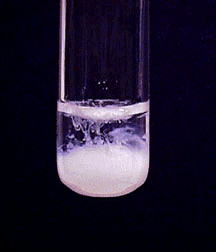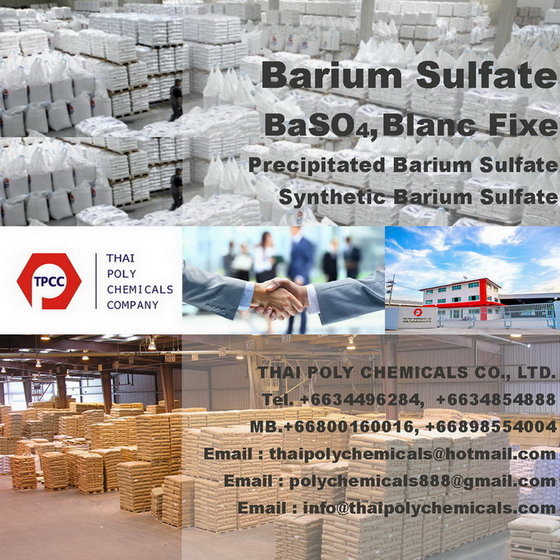

Barium sulfate added to the mixture binds with these particles, making them heavier so they fall to the bottom, leaving a clearer solution. Tests for soil pH and other qualities of soil use colored indicators, and small particles (usually clay) from the soil can cloud the test mixture and make it hard to see the color of the indicator. Niche uses īarium sulfate is used in soil testing. For some particular applications, composites with high mass fraction (70–80%) of barium sulfate may be preferred to the more commonly used steel shields. Such composites are also used as X-ray shielding materials due to their enhanced radio-opacity. It has an effect of increasing acid and alkali resistance and opacity. In polypropylene and polystyrene plastics, it is used as a filler in proportions up to 70%. Plastics filler īarium sulfate is commonly used as a filler for plastics to increase the density of the polymer in vibrational mass damping applications. Baryta has also been used to brighten papers intended for ink-jet printing. Further coatings may then be present for fixing and protection of the image.

The baryta coating limits the penetration of the emulsion into the fibers of the paper and makes the emulsion more even, resulting in more uniform blacks. The light-sensitive silver halide emulsion is then coated over the baryta layer. Paper brightener Ī thin layer of barium sulfate called baryta is first coated on the base surface of most photographic paper to increase the reflectiveness of the image, with the first such paper introduced in 1884 in Germany. By using hexagonal nanoplatelet boron nitride, the thickness of a coating was reduced to 0.15 mm. This contrasts with commercially available white paints which can only reflect 80 - 90% of the sunlight. Researchers used it as an ingredient in paint that reflects 98.1% of all solar radiation, thus cooling surfaces to which it has been applied. It is also used as a coating to diffuse light evenly.īarium sulfate is highly reflective, of both visible and ultraviolet light. In photography it is used as a coating for certain photographic papers. The combination of barium sulfate and zinc sulfide (ZnS) is the inorganic pigment called lithopone. One major manufacturer of artists' oil paint sells "permanent white" that contains a mixture of titanium white pigment ( TiO 2) and barium sulfate. In oil paint, barium sulfate is almost transparent, and is used as a filler or to modify consistency. The majority of synthetic barium sulfate is used as a component of white pigment for paints. Due to the relatively high atomic number ( Z = 56) of barium, its compounds absorb X-rays more strongly than compounds derived from lighter nuclei. Barium sulfate is also readily removed from the body, unlike Thorotrast, which it replaced. Although barium is a heavy metal, and its water-soluble compounds are often highly toxic, the low solubility of barium sulfate protects the patient from absorbing harmful amounts of the metal. It is administered orally, or by enema, as a suspension of fine particles in a thick milk-like solution (often with sweetening and flavoring agents added). It is most often used in imaging of the GI tract during what is colloquially known as a " barium meal". Barium sulfate in suspension is often used medically as a radiocontrast agent for X-ray imaging and other diagnostic procedures.


 0 kommentar(er)
0 kommentar(er)
